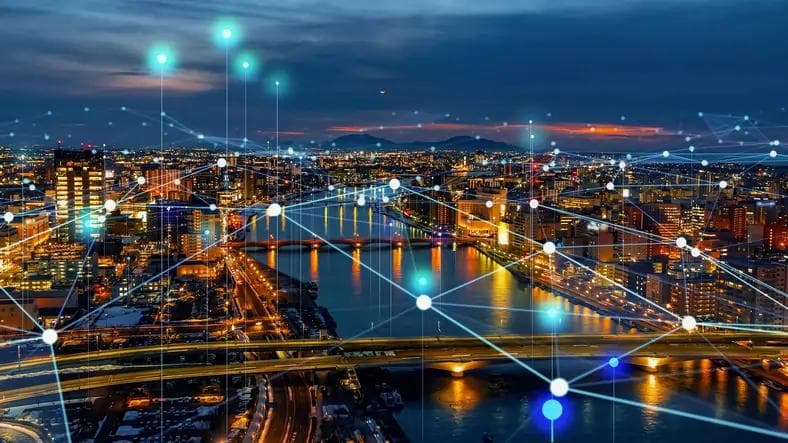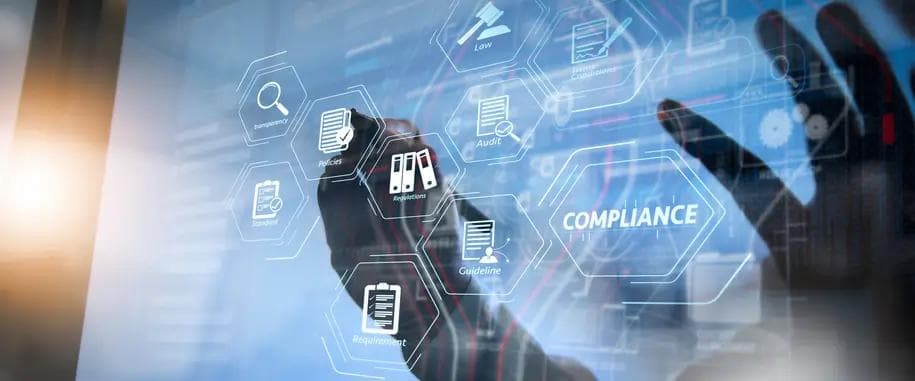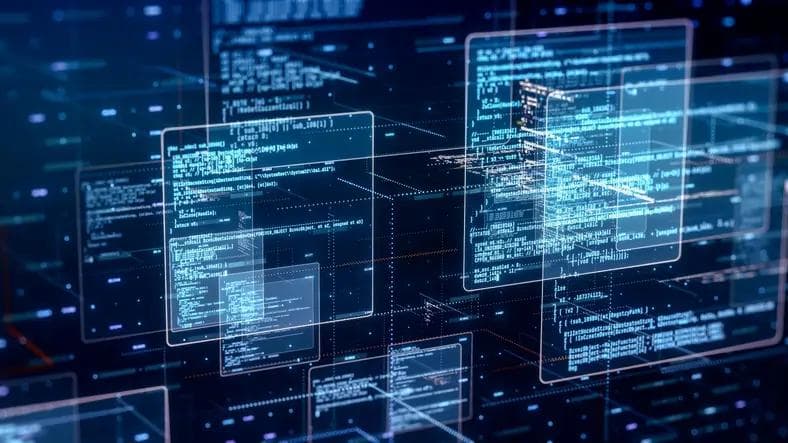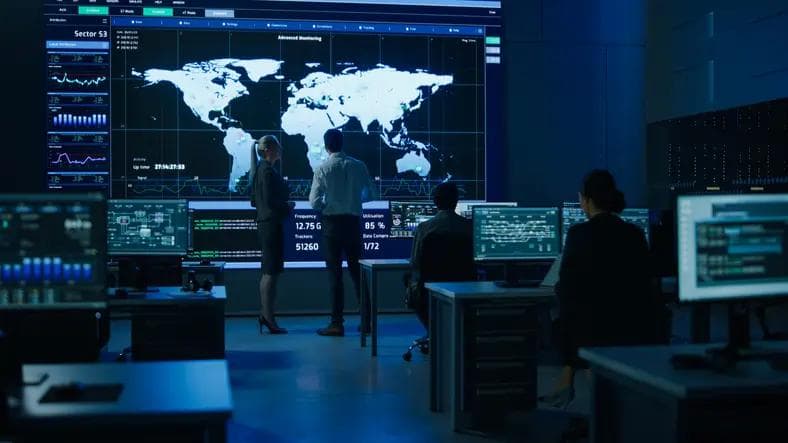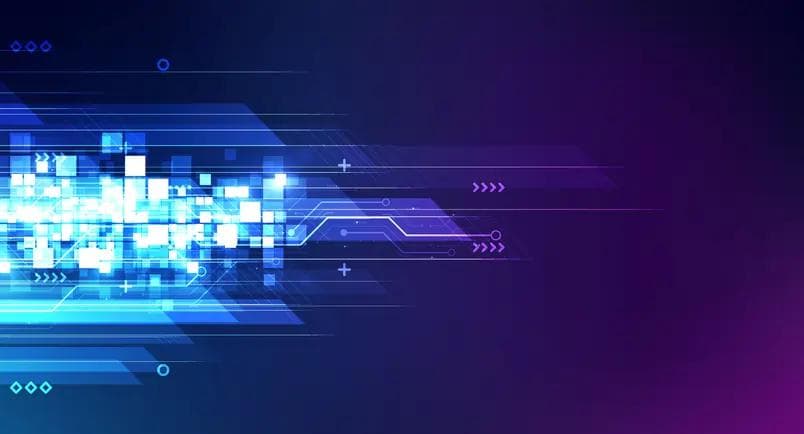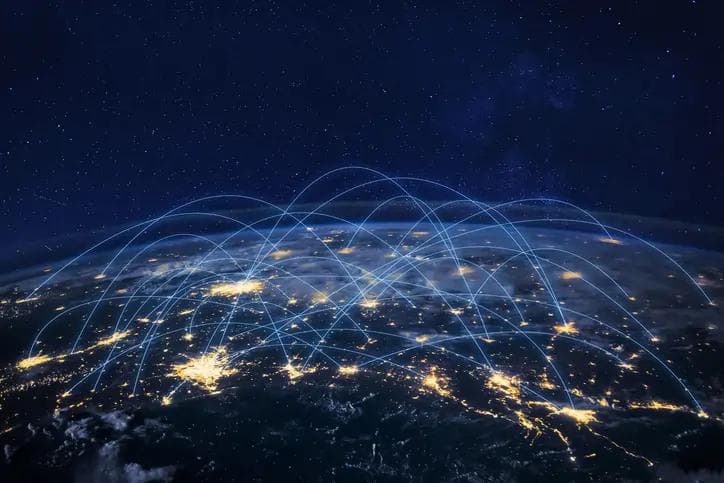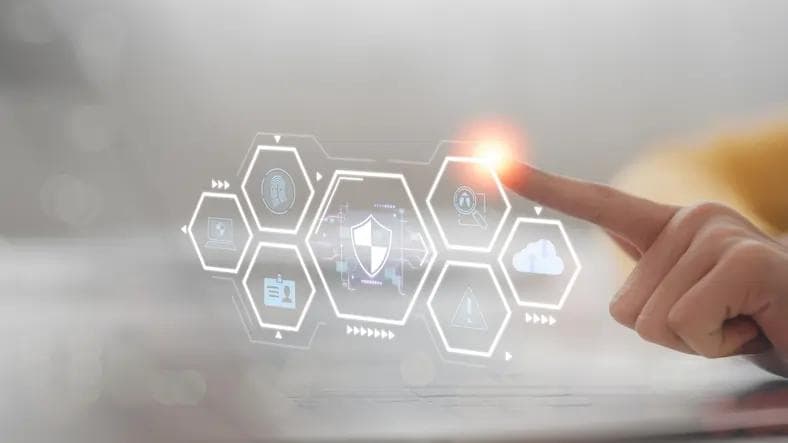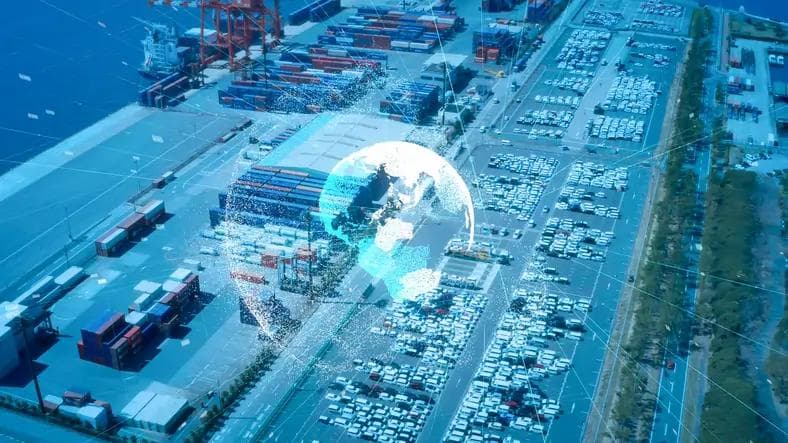Cybersecurity for Remote Teams
Cybersecurity for Remote Teams
Published by Gbaf News
Posted on June 11, 2020
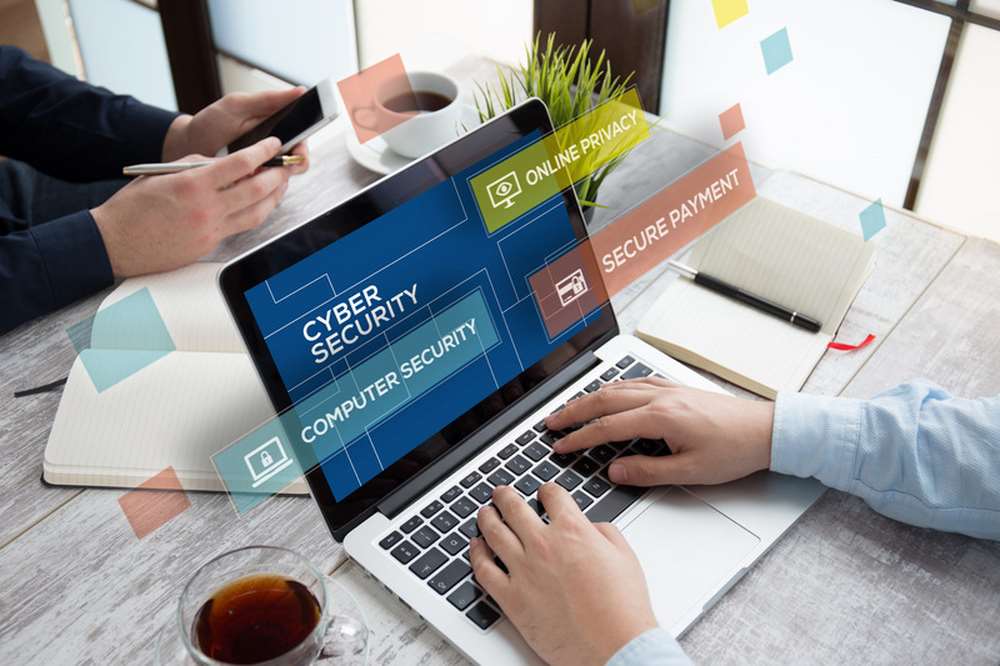
Published by Gbaf News
Posted on June 11, 2020

If there is one thing the business world learned from the coronavirus pandemic, it is that remote work is possible across almost all verticals. There are many challenges to grapple with when it comes to managing remote work, which is why it wasn’t as big a deal before the pandemic as it is now. In this article, we will discuss one of the biggest such challenges: cybersecurity.
Before the world was hit by the coronavirus pandemic, we were slowly shifting towards the remote work system. A few months of being stuck indoors has taught us to make this remote system work because it’s here to stay.
For the employees, convenience is the major factor to choose to work remotely. Apart from convenience, family and personal time, flexible schedule and work environment are also key reasons to opt for remote teams. However, the organizations that have implemented or are in the process of implementing a remote system have to be extra cautious.
Shifting your entire workload to a remote system possesses certain threats and are more vulnerable to cyber attacks. Other than issues like two-factor authentication and authorization and creating stronger passwords, there’s an increased risk of malware and phishing. Considering the quality and quantity of data and information that is being shared among employees through emails, video calls, and file sharing, strict measures should be taken to protect them. Remote systems are more susceptible to cyber threats because of a lack of technological knowledge and implementation among employees. Small businesses do not have the human resources or the know-how to implement necessary security measures.
With less effective communication, organizations are unquestionably prone to human error. Hackers, being aware of this state, tend to make the most of it. Changes or mistakes in configuration, the addition of new devices, and easily accessible IP addresses expose security gaps which can then be exploited by these malicious hackers. Cybercrime over the past few years has evolved from copying or deleting data to very serious financial and other crime, which can get extremely dangerous.
The above-mentioned reasons clearly state that we need a solid cybersecurity system for our organizations as well as our personal computers. A cybersecurity system in place will not only make sure that our information is safe and secure but it will also help us reduce the costs incurred due to cybercrime and realize new revenue opportunities. Organizations can deploy technologies like automation, advanced analytics, and security intelligence with the help of a security system which provides one of the best cybersecurity systems for teams functioning remotely.
Good Analytics
Analytics plays an important role in the early detection of threats or risks. It is easier to detect these threats and risks if you have done a thorough analysis of your system. Having historical information about your risks and where they were present in the system makes analytics easier to perform. Good analytics can help you see the risks, quickly assess them, and adjust the controls accordingly. Ponemon’s Cost of A Data Breach Report (2019) found that companies that use security analytics reduce the costs incurred from data breaches by an average of $200,000.
Cover External Threats
Most of the threats to an organization are from external sources in the form of ransomware, hacking, and phishing. They take place in the form of theft of data and credentials, compromised web applications, and denial of access and authorization. The majority of the spam emails we receive are now vehicles of ransomware. One of the world’s leading cybersecurity companies reports that there has been a 400% growth in types of ransomware since the end of 2017.
Combating Internal Threats
Threats can come not only from external sources but from internal ones as well. Occasionally, employees are the reason internal threats exist. Actions like misconfiguring systems and executing unapproved workarounds can become serious security threats. Some employees can have reasons to intentionally expose your organization to risk. Having a strong cybersecurity platform will enable you to quickly respond to mistakes or misuse that could be putting your data or networks at risk. A good cybersecurity system combines automatic software updates with powerful traffic scanning for effective security against exploit kits.
Compliance and Regulations
Every industry and organization from healthcare to finance has a unique set of regulations, standards, and best practices when it comes to information security. A cybersecurity system should help achieve, maintain, and monitor the compliance and regulations to avoid a data breach. DNS filtering helps protect your financial data and blocks malicious connections that try to harvest and steal your confidential information.
Management of Remote Systems
Cybersecurity is all the more important for remote systems, since the security systems implemented on them lack the human touch because they are implemented over cloud systems. As remote systems are more vulnerable and exposed to greater risk, it is of high importance to monitor your software management and strengthen your security. A strong automated patch management technology can work as an ultimate endpoint solution for the remote workforce.
An ideal cybersecurity security system improves information security and business continuity management. It also develops confidence amongst the stakeholders regarding information security arrangements. In events of a breach or unfortunate cyber attacks, a solid cybersecurity system helps in faster recovery and stabilization of systems.
After assessing all the risks and benefits of a cybersecurity system, it is safe to say that teams working remotely need a solid cybersecurity system. If you’re convinced of this, it’s time to get out there and find yourself a powerful, all-encompassing cybersecurity system with all the features mentioned in this article.
Explore more articles in the Technology category
